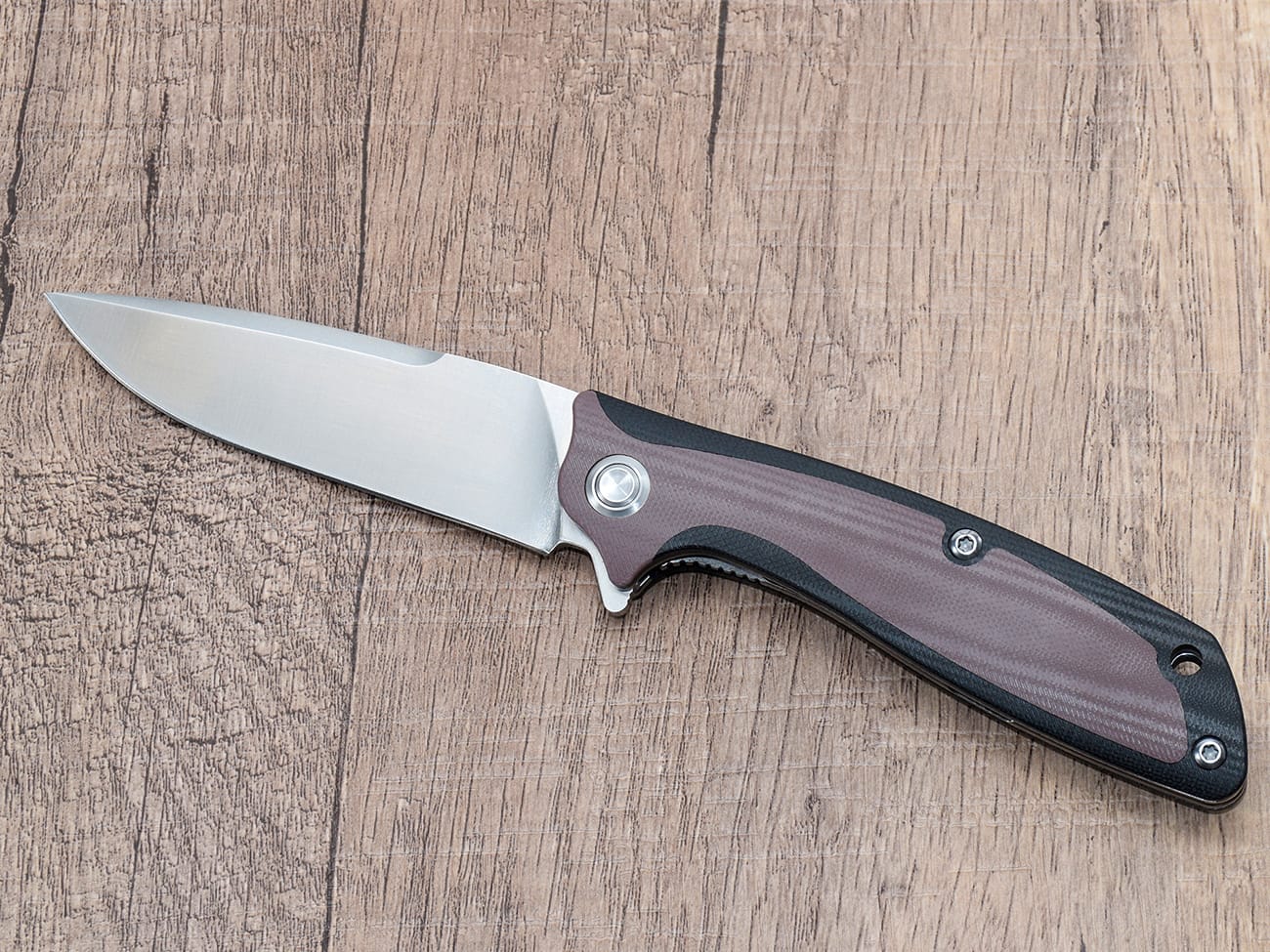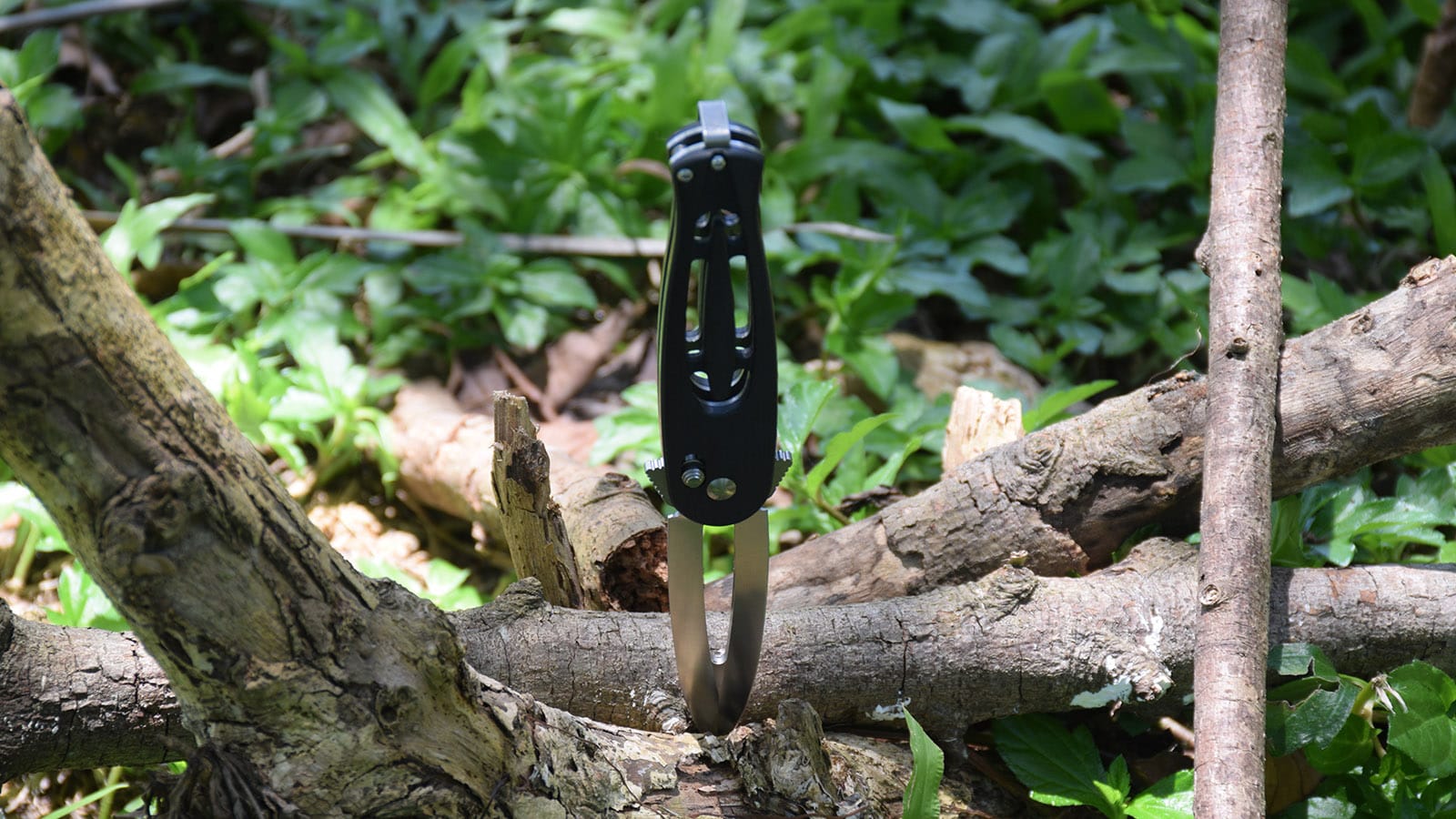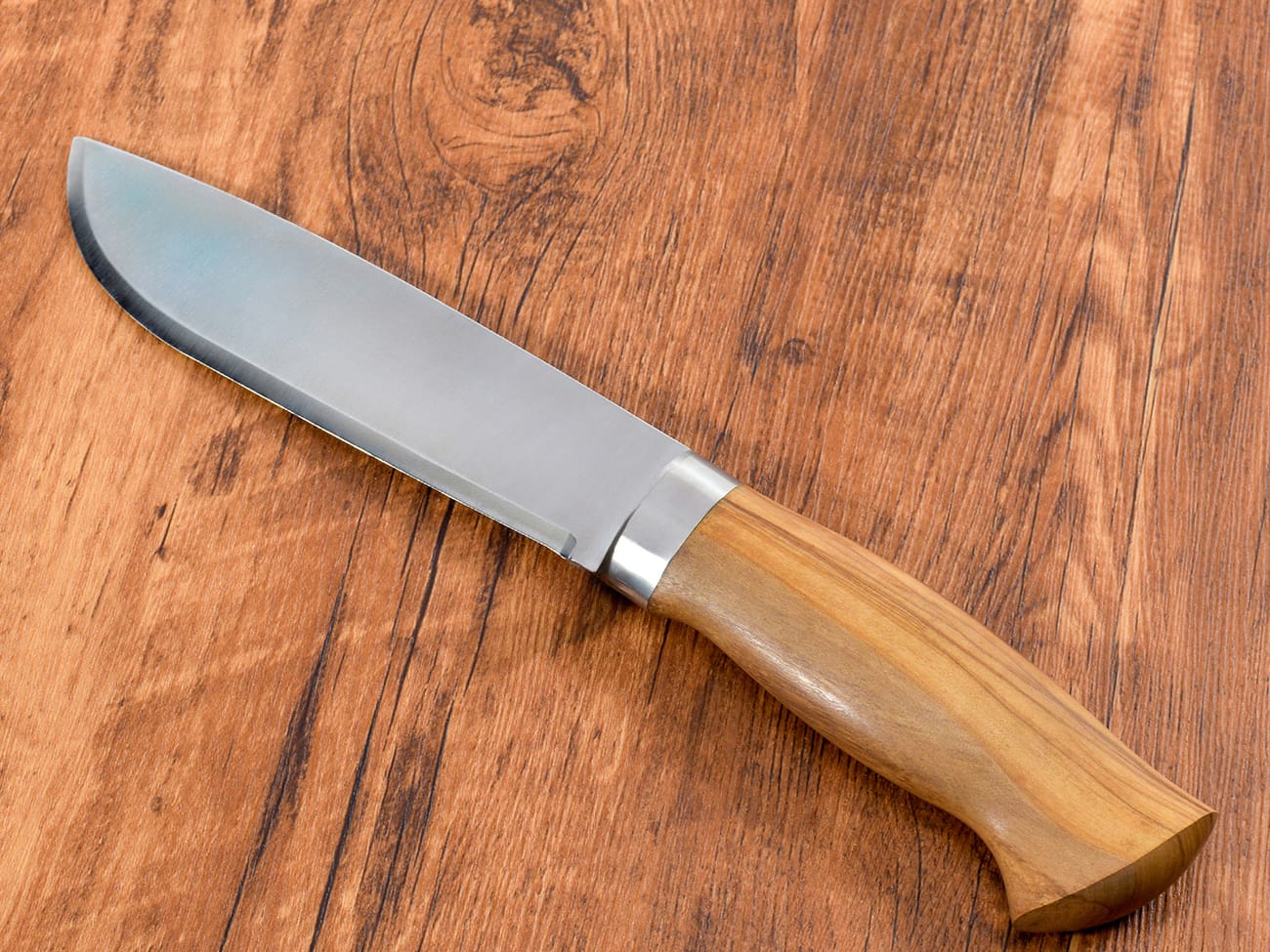Are you curious about how the shape of a knife’s blade affects its functionality? Whether you’re a cooking enthusiast, outdoor adventurer, or just someone who appreciates a good blade, understanding knife blade shapes is crucial. In this comprehensive guide, we’ll explore the fascinating world of knife blade designs and how they influence performance. Let’s dive in and sharpen your knowledge!
Why Different Blade Shapes Matter
Before we delve into specific blade styles, it’s important to understand why blade shapes vary. The shape of a blade is not just about aesthetics – it directly impacts the knife’s:
- Cutting ability
- Strength and durability
- Versatility for different tasks
- Ease of sharpening
- Overall handling and control
By choosing the right blade shape for your needs, you can significantly enhance your cutting experience and efficiency.
Common Knife Blade Shapes and Their Uses
1. Drop Point: The All-Rounder
The drop point blade is one of the most popular and versatile blade shapes. Its spine (back of the blade) gently slopes down towards the tip, creating a strong point and a belly for slicing.Key features:
- Excellent for general-purpose use
- Strong tip resistant to breaking
- Good for slicing and piercing tasks
Best for: EDC knives, hunting knives, and pocket knives
2. Clip Point: Precision and Versatility
The clip point blade features a concave cutout near the tip, resembling a “clip” taken out of the spine. This design creates a finer point for detailed work.Key features:
- Sharp, controllable tip for precision tasks
- Versatile for various cutting jobs
- Good slicing ability
Best for: Pocket knives, hunting knives, and tactical knives
3. Tanto: Strength and Penetration
Inspired by Japanese sword design, the tanto blade has a high point with a flat grind and a sharp angular transition to the edge.Key features:
- Extremely strong tip for piercing
- Excels at push cuts
- Good for tactical and heavy-duty use
Best for: Tactical knives, self-defense knives, and some EDC knives
4. Sheepsfoot: Safety and Utility
The sheepsfoot blade has a straight edge and a spine that curves down to meet it at the tip. This design prioritizes safety and controlled cutting.Key features:
- Minimal point reduces accidental punctures
- Excellent for slicing and chopping
- Easy to maintain a consistent cutting depth
Best for: Rescue knives, woodworking knives, and some EDC knives
5. Spear Point: Symmetry and Penetration
A spear point blade is symmetrical, with both edges rising and meeting to form a sharp point at the center of the blade’s axis.Key features:
- Excellent for piercing and thrusting
- Balanced and aesthetically pleasing design
- Can be single or double-edged
Best for: Throwing knives, some tactical knives, and decorative knives
6. Trailing Point: Slicing Efficiency
The trailing point blade has a back edge that curves upward, creating an extended belly for slicing tasks.Key features:
- Large belly for efficient slicing
- Lightweight and maneuverable
- Good for processing game and filleting fish
Best for: Fillet knives, skinning knives, and some culinary knives
7. Hawkbill: Pulling and Hooking
The hawkbill blade curves inward, resembling a hawk’s beak. This unique shape is designed for specific pulling and hooking tasks.Key features:
- Excellent for pulling cuts
- Good for trimming and pruning
- Specialized design for specific industries
Best for: Linoleum knives, pruning knives, and carpet knives
8. Wharncliffe: Precision and Control
The Wharncliffe blade features a straight edge and a spine that tapers down to meet the edge at the tip.Key features:
- Excellent control for detailed work
- Full flat grind for efficient slicing
- Minimizes accidental punctures
Best for: Carving knives, whittling knives, and some EDC knives
How Blade Shape Affects Performance
Cutting Efficiency
The shape of a blade significantly impacts its cutting performance. For example:
- A drop point blade with a good belly excels at slicing tasks.
- A tanto blade’s strong tip is ideal for piercing tough materials.
- A sheepsfoot blade’s straight edge is perfect for controlled, push cuts.
Tip Strength and Precision
The blade’s tip design affects both its strength and precision:
- Clip point blades offer a fine tip for detailed work but may be more prone to breaking.
- Tanto blades have extremely strong tips, ideal for heavy-duty tasks.
- Spear point blades provide a balanced tip for both strength and precision.
Versatility vs. Specialization
Some blade shapes are more versatile, while others are specialized:
- Drop point and clip point blades are highly versatile for everyday tasks.
- Hawkbill and trailing point blades are more specialized for specific cutting jobs.
Ease of Sharpening
The blade shape can also affect how easy it is to maintain:
- Straight edge blades like the sheepsfoot are generally easier to sharpen.
- Complex curves and angles, like those found on tanto blades, can be more challenging to maintain.
Choosing the Right Blade Shape for Your Needs
When selecting a knife, consider the following factors:
- Intended use: What tasks will you primarily use the knife for?
- Cutting style: Do you prefer slicing, chopping, or piercing actions?
- Durability requirements: Will you be using the knife for heavy-duty tasks?
- Safety considerations: Is a less pointed tip important for your use case?
- Maintenance preferences: How much time are you willing to spend on sharpening and upkeep?
By carefully considering these factors, you can choose a blade shape that perfectly suits your needs and enhances your cutting experience.

A custom 9cr18mov stainless steel pocket knife with g10 handle, showcasing a versatile blade shape
The Impact of Blade Shape on EDC and Pocket Knives
For everyday carry (EDC) and pocket knives, blade shape plays a crucial role in functionality and convenience. Here’s how different blade shapes can affect your EDC experience:
- Drop point blades are popular for EDC due to their versatility and strength.
- Clip point blades offer a good balance of precision and general-purpose use.
- Sheepsfoot blades provide safety and utility for everyday tasks.
- Wharncliffe blades excel at detailed work and controlled cutting.
When choosing an EDC knife, consider how the blade shape aligns with your daily cutting needs and preferences.
Blade Shapes for Specific Applications
Hunting Knives
Hunting knives often feature:
- Drop point blades for their strength and versatility
- Clip point blades for precision in skinning and field dressing
- Trailing point blades for efficient skinning and slicing
Tactical Knives
Tactical knives commonly use:
- Tanto blades for their strong tips and penetrating ability
- Spear point blades for balanced piercing and cutting performance
- Drop point blades for their overall versatility in various situations
Culinary Knives
In the kitchen, you’ll find a variety of blade shapes, including:
- Chef’s knives with curved bellies for efficient slicing and rocking motions
- Santoku knives with straighter edges for precise chopping
- Paring knives with short, pointed blades for detailed work
The Role of Steel Type in Blade Performance
While blade shape is crucial, the type of steel used also significantly impacts a knife’s performance. Different steel types offer varying levels of:
- Edge retention
- Corrosion resistance
- Toughness
- Ease of sharpening
For example, 8cr13mov steel is popular in many pocket knives due to its good balance of properties and affordability. Higher-end steels like D2 offer excellent edge retention but may be more challenging to sharpen.
Blade Grind: Another Important Factor
In addition to blade shape, the grind of the blade (how it’s tapered to form the edge) also affects performance:
- Flat grinds are versatile and efficient for slicing
- Hollow grinds create a very sharp edge but may be less durable
- Convex grinds offer strength and good slicing ability
The right combination of blade shape and grind can significantly enhance a knife’s cutting performance.
Maintaining Different Blade Shapes
Proper maintenance is essential for any knife, regardless of blade shape. However, some shapes may require specific care:
- Tanto blades need attention to maintain the angular transition
- Curved blades like hawkbills may require specialized sharpening tools
- Straight-edged blades are generally easier to maintain with standard sharpening methods
Regular cleaning, proper storage, and consistent sharpening will help maintain your knife’s performance and longevity.
Conclusion: Choosing Your Ideal Blade Shape
Understanding knife blade shapes empowers you to make informed decisions when selecting a knife. Whether you’re looking for an EDC pocket knife, a specialized tool, or a versatile outdoor companion, the right blade shape can significantly enhance your cutting experience.Remember these key points:
- Consider your primary cutting needs and tasks
- Think about the balance between versatility and specialization
- Factor in maintenance requirements and your willingness to care for the blade
- Don’t forget about the importance of steel type and blade grind
- Always prioritize safety and proper handling techniques
By carefully considering these factors and the information provided in this guide, you’ll be well-equipped to choose the perfect blade shape for your needs. Happy cutting!




